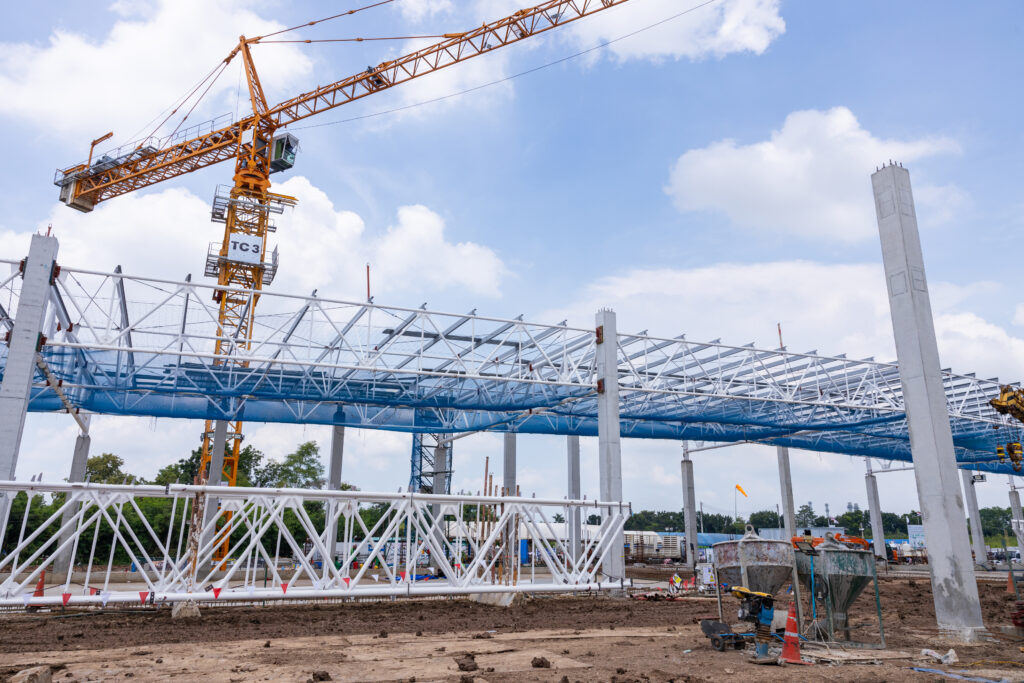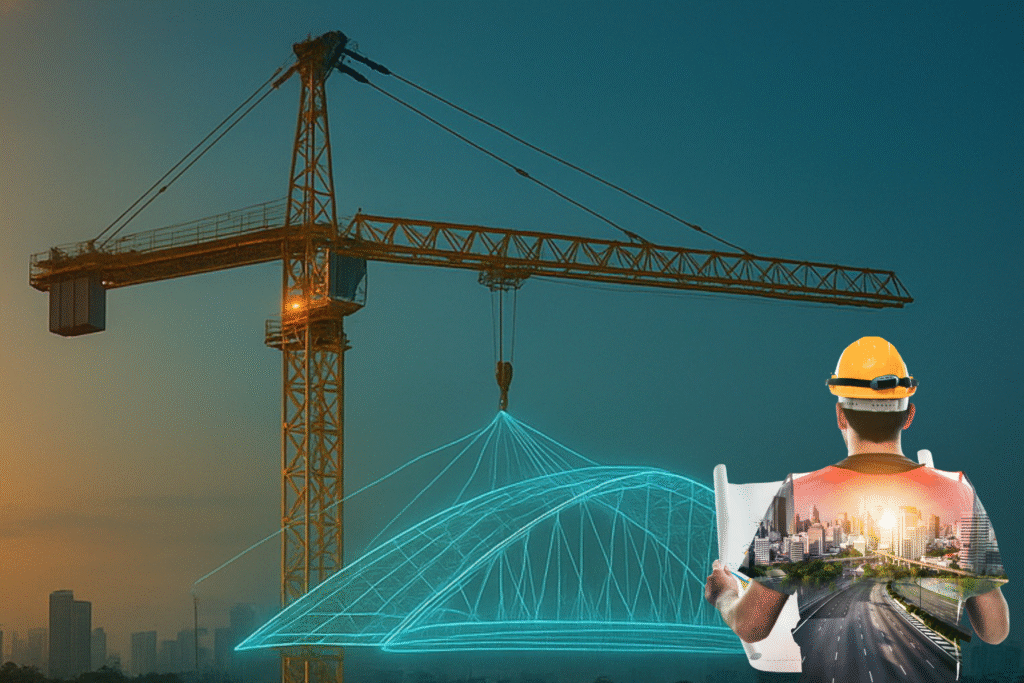A month or so ago, I was caught in Jakarta’s evening traffic—the kind that crawls, inch by inch, long after sunset. Sitting there, surrounded by cars and motorbikes, I couldn’t help thinking how that scene mirrors much of Southeast Asia’s economy right now: busy, full of movement, sometimes gridlocked—but still heading somewhere.
Across the region, construction and infrastructure are no longer just cyclical indicators—they’re becoming the new baseline of the economy.
According to the Asian Development Bank’s Southeast Asia Outlook (September 2025), gross fixed capital formation accelerated to 7.0% in Q2 2025, driven by public infrastructure projects in transport and energy across Philippines, Malaysia, and Vietnam.
The World Bank’s East Asia and Pacific Update (October 2025) projects regional growth at 4.8% this year, with infrastructure as a key driver amid trade uncertainties—though multipliers vary, studies show public investment can boost GDP by 0.4% over time in emerging markets.
And McKinsey’s Q2 2025 review notes Southeast Asia’s construction sector grew 6.0%, with forecasts from ResearchAndMarkets at 6.2% CAGR through 2028, led by industrial builds and resilient urban housing demand.
What’s changing is how construction is viewed—not as a short-term driver, but as a foundation for productivity and resilience.
From regional logistics corridors to data infrastructure and greener housing, this is the layer that will shape ASEAN’s competitiveness through 2026 and beyond.
Because when infrastructure becomes the baseline—not the stimulus—the growth story shifts from catching up to leading.
What signals are you seeing of this shift—in projects, policy, or capital flows?
Candice Lim






